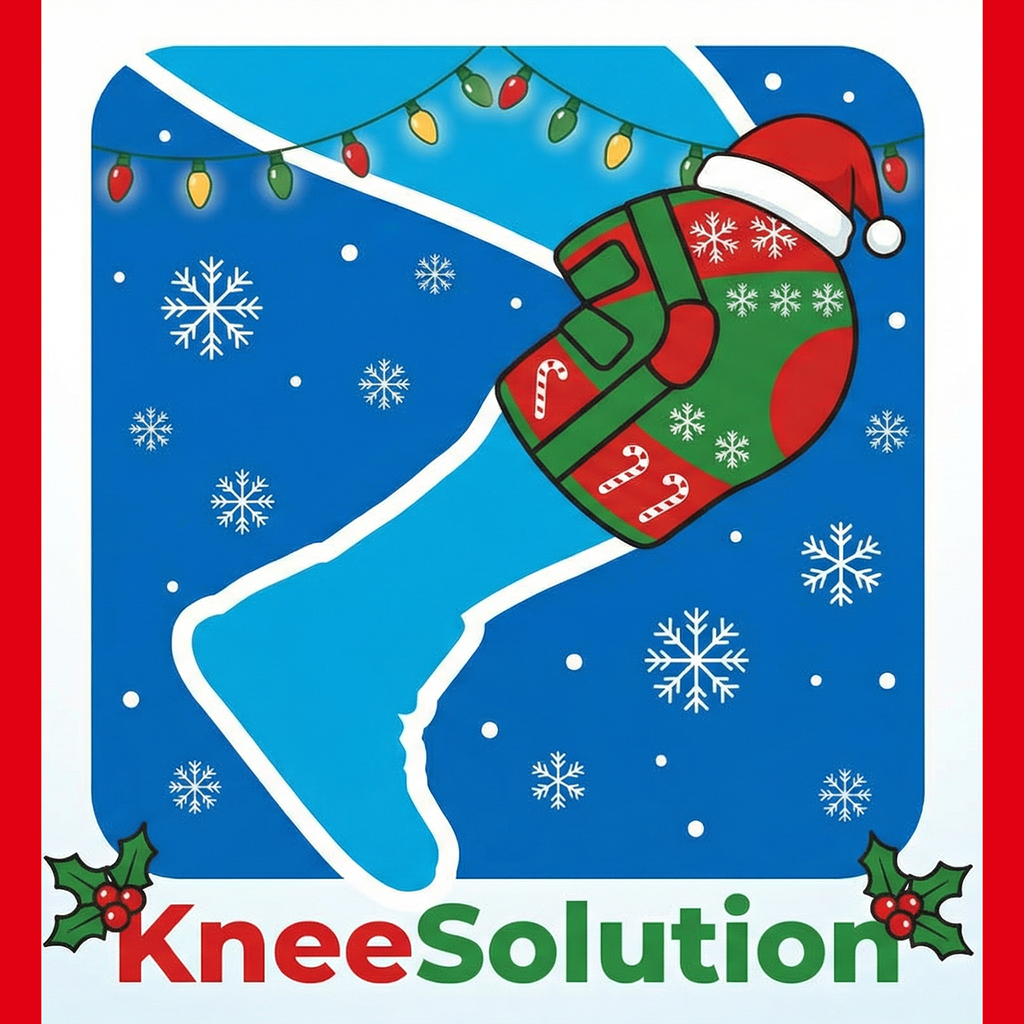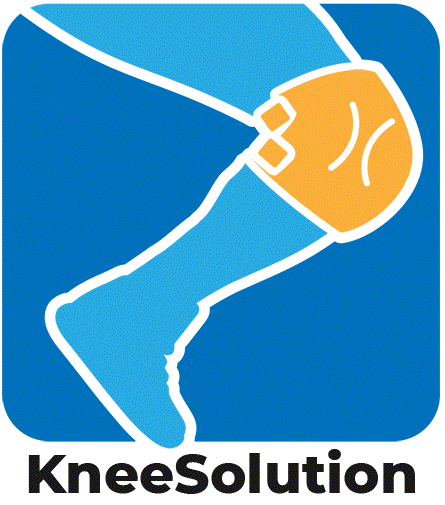How to Choose the Best Knee pad for Your Needs in 2025

Knee pain affects more than 25% of adults, according to recent studies. Whether you’re an athlete, suffer from osteoarthritis, or need post-surgery support, choosing the right knee brace can transform your daily life. In this comprehensive guide, we explain everything you need to know to make the right choice.
Why Wear a Knee Brace?
Orthopedic knee braces offer numerous benefits depending on your situation. They stabilize the knee joint, reduce joint pain, and prevent injuries during physical activity. For people suffering from knee osteoarthritis, a knee brace can significantly improve daily mobility.
Athletes also use sports knee braces to protect their cruciate ligaments and kneecap during exercise. These protective devices allow you to continue your favorite activity while minimizing the risk of injury.
Different Types of Knee Braces
Support Knee Braces
These lightweight neoprene or textile models provide gentle support for mild to moderate pain. Perfect for early osteoarthritis or everyday activities, they maintain joint warmth and improve proprioception.
Ligament Knee Braces
Designed with rigid lateral reinforcements, these knee braces specifically protect the cruciate ligaments. Essential after a sprain or for returning to sports after a ligament injury.
Patellar Knee Braces
Equipped with a patellar ring or patellar cushion, they relieve kneecap pain (patellar syndrome, chondromalacia). Ideal for runners and those who practice sports requiring changes of direction.
Post-Operative Knee Braces
These medical devices provide maximum support after knee surgery. Adjustable and often hinged, they allow for progressive and secure rehabilitation.
How to Choose the Right Knee Brace
Selecting a knee brace depends on several essential criteria. First, identify your condition: osteoarthritis, ligament instability, patellar pain, or post-surgery recovery. Each condition requires a specific type of support.
Size is crucial for effectiveness. Measure your thigh circumference 15 cm above the kneecap and your calf circumference 15 cm below. An ill-fitting knee brace can aggravate pain or slip during activity.
Activity level also influences the choice. Athletes need breathable and durable models, while sedentary people will prioritize comfort for extended wear.
Use and Care Instructions
To maximize the benefits of your orthopedic knee brace, follow a few simple rules. Wear it directly against your skin or over thin stockings to avoid creases. Adjust the straps gradually without overtightening to maintain good blood circulation.
Regular maintenance extends the lifespan of your equipment. Hand wash your knee brace with warm water and mild soap. Avoid wringing it out vigorously and air dry it away from direct heat sources.
When to See a Professional
If your knee pain persists despite wearing a knee brace, consult a healthcare professional. A physical therapist or sports medicine doctor can assess your situation and recommend appropriate treatment.
Warning signs include intense pain, significant swelling, an inability to bend the knee, or joint locking. In these cases, a medical evaluation is essential before self-medicating.
Choosing the right knee brace transforms your daily comfort and your athletic performance. Take the time to assess your specific needs and don’t hesitate to seek advice to make the best choice.

